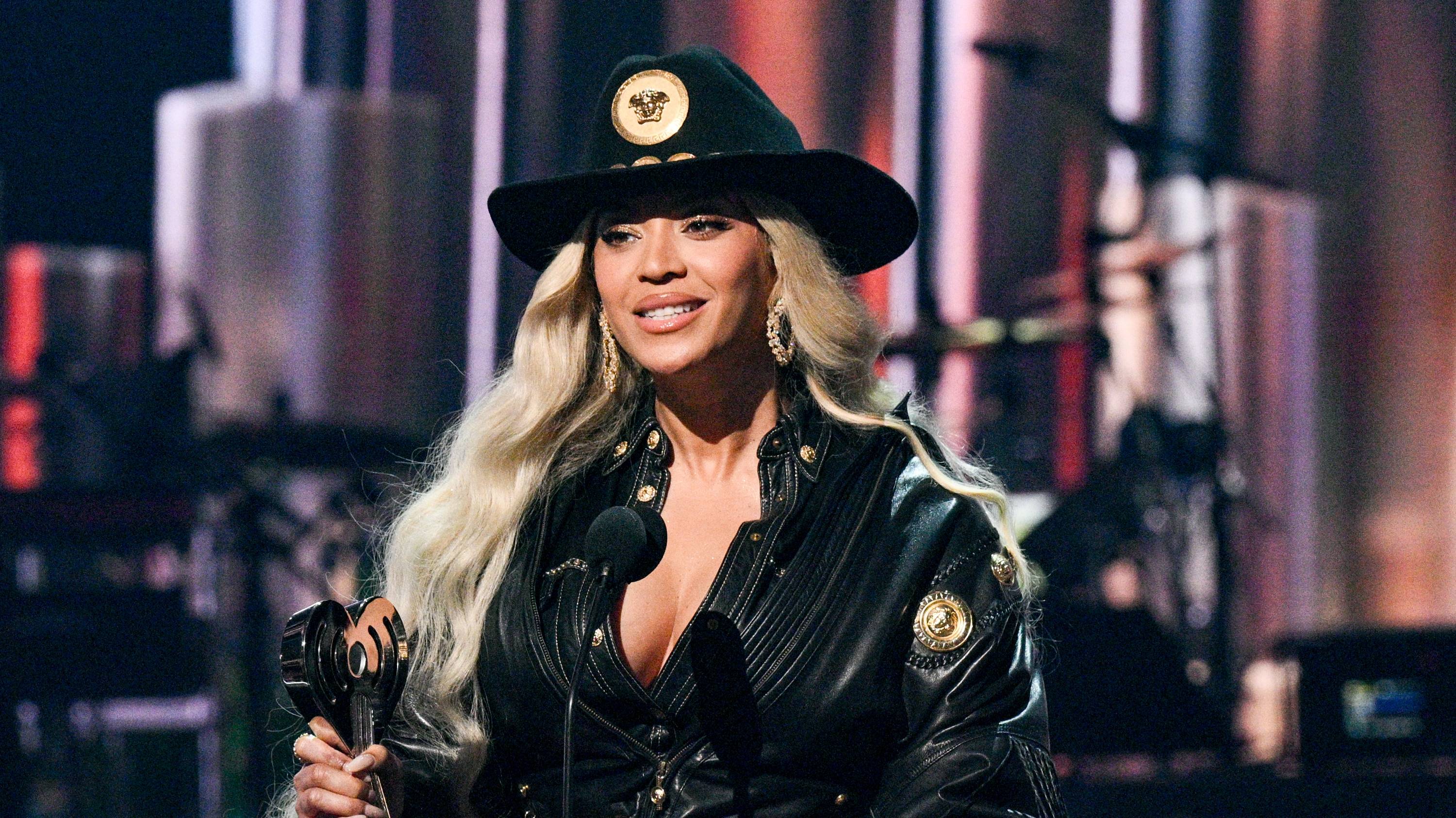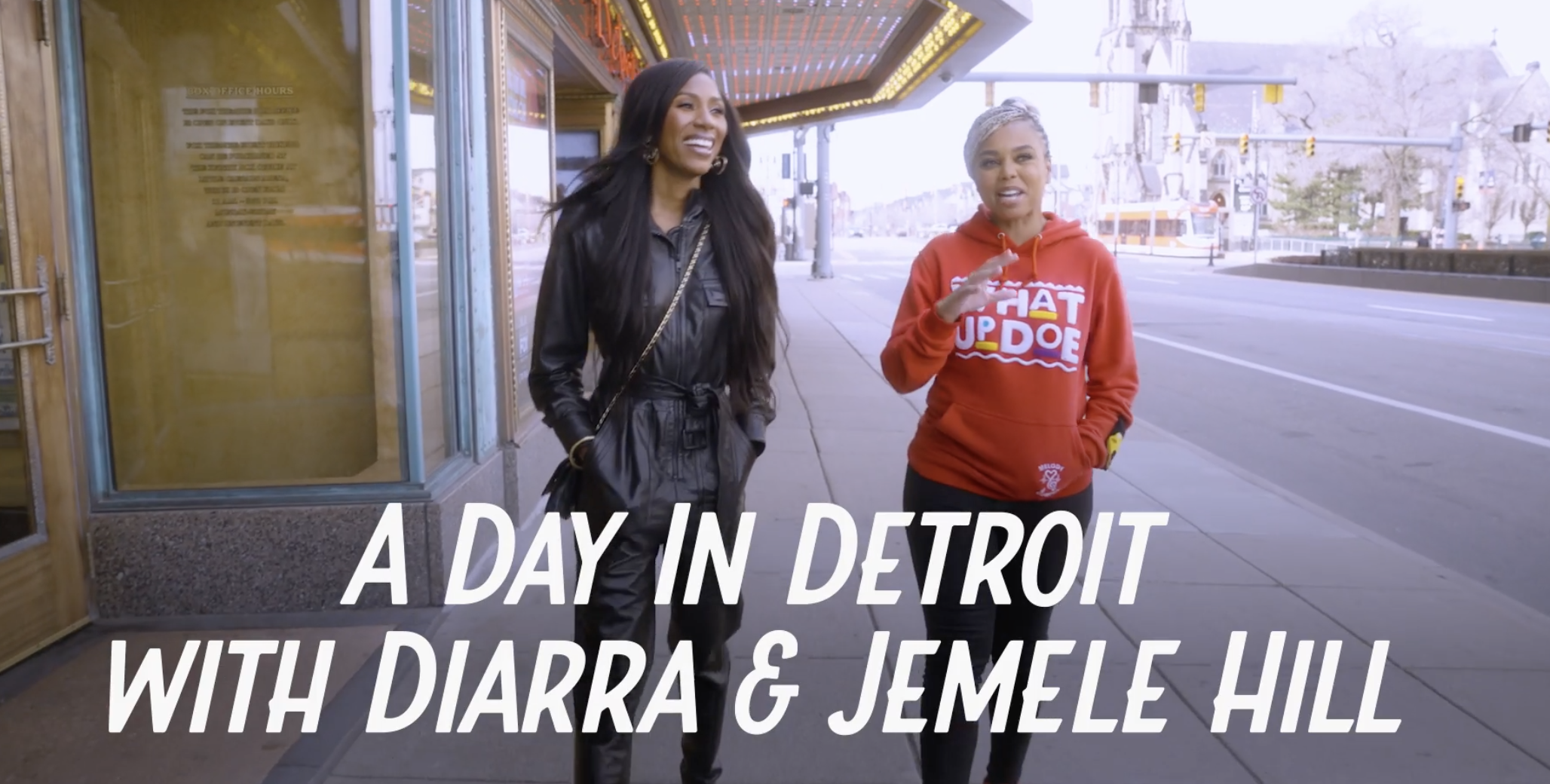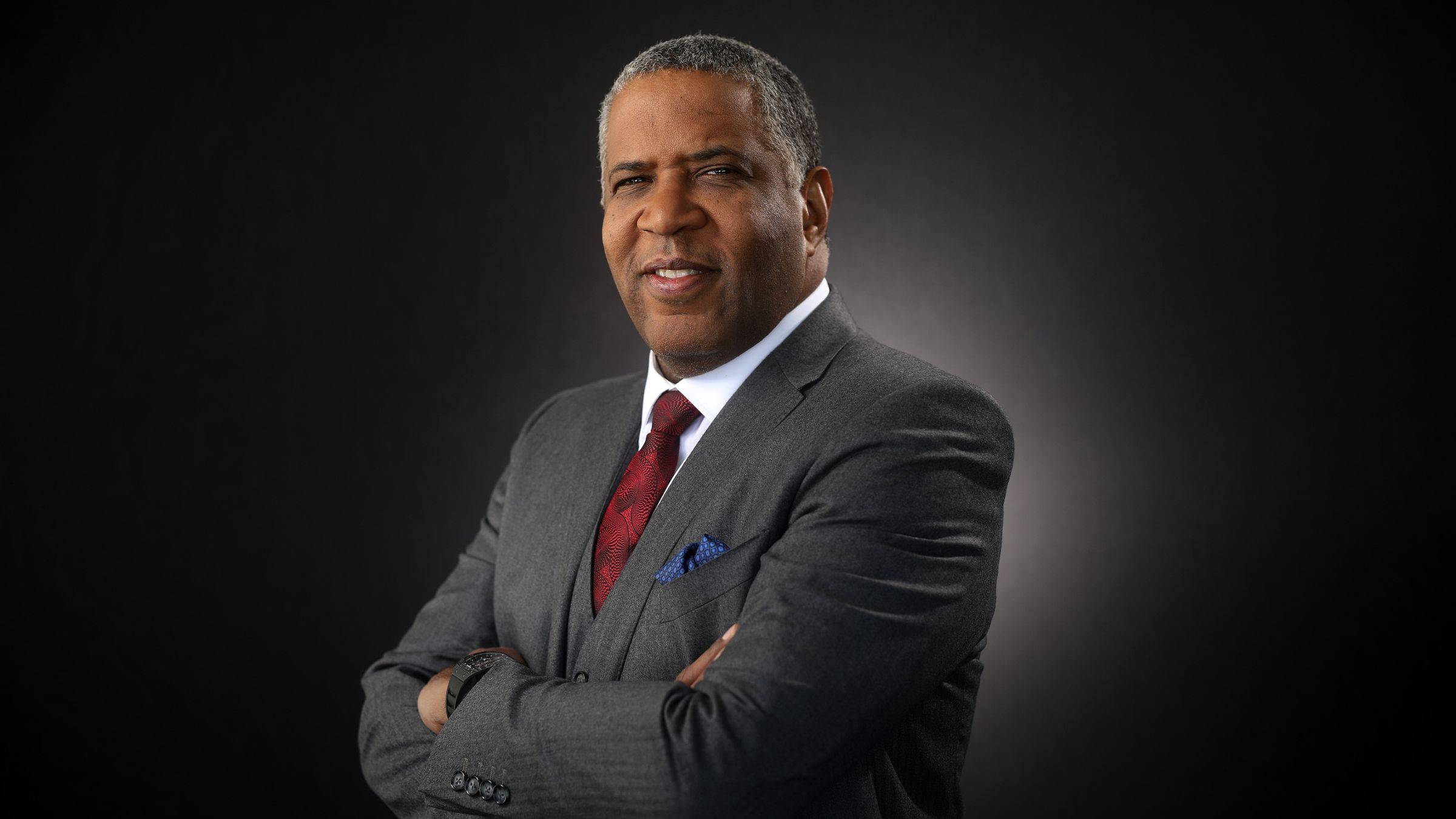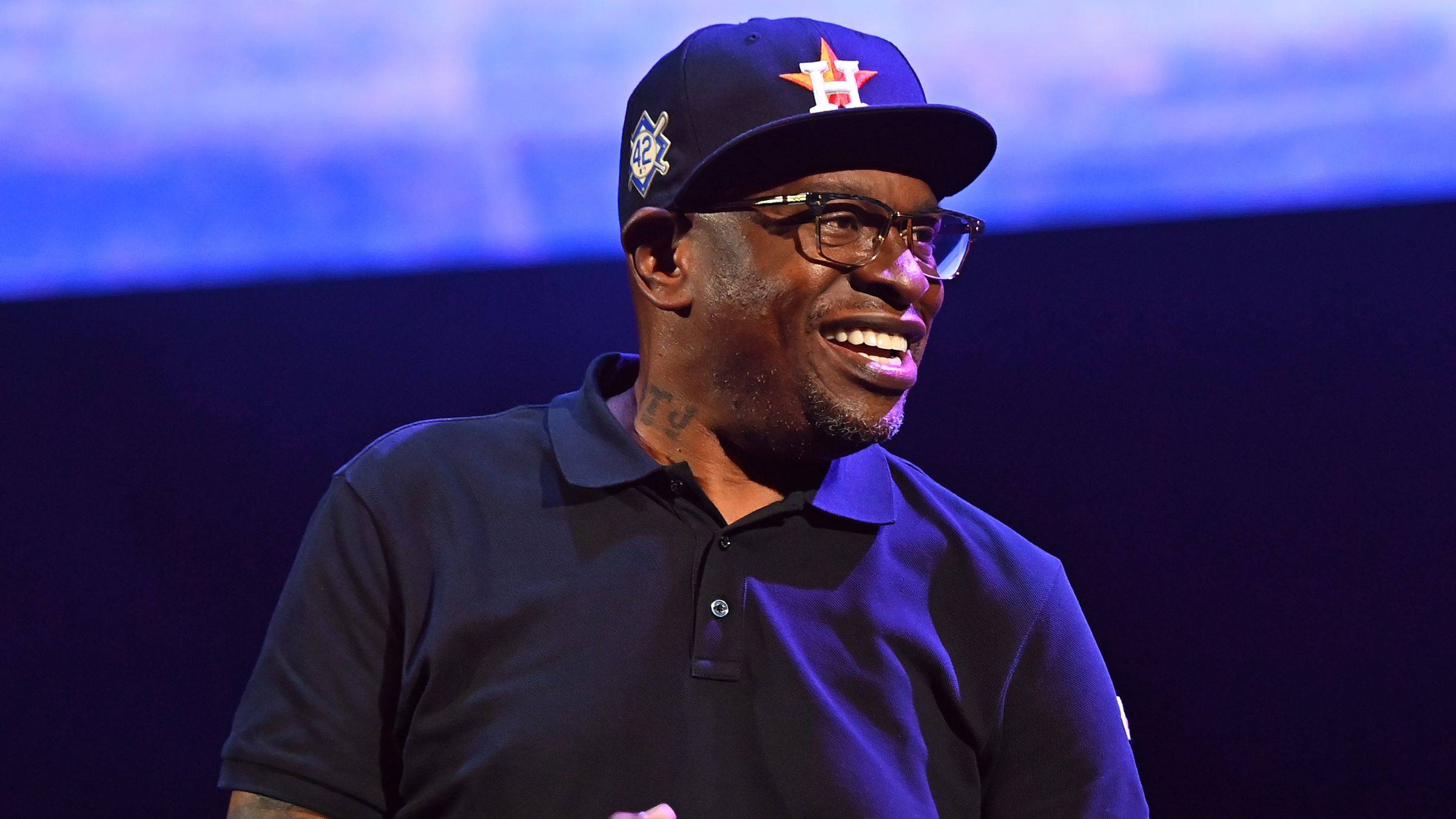Commentary: What It Was Like in Ferguson for One Week

Monday night in Ferguson was scary. I watched police launch smoke bombs at protesters in front of QuikTrip, and when the smoke drifted toward me, it took me a moment to realize what was happening. That's tear gas, someone yelled. I felt the tear gas burning in my eyes, my nose, my throat. I ran. Through a nearby car wash. I ran. Into the back lot of a strip mall. I ran. Up the street. I ran. As far away as I could get from the painful sting.
This is America in 2014, where local police deploy weapons banned in warfare by the Geneva Convention.
That was the moment when the tear gas became real. It was the moment I realized the Michael Brown story was not just the shooting of an unarmed African-American teenager by a white cop. It was the story of a people suffering a long history of abuse in Ferguson, in St. Louis, and all throughout the country. It was the story of a police apparatus more determined to keep the peace than to seek justice. I realized then that the outrage in Ferguson stemmed just as much from what happened before and after Michael Brown was shot as the shooting itself.
The story in Ferguson is multi-layered. It's the story of a night at a St. Louis bar where patrons at Black tables discussed details of the shooting over drinks while oblivious whites watched the partially rained out Cardinals game.
The story in Ferguson is the story of a clueless white mayor in a Black city who, more than a week after the protests began, still believed, as he told MSNBC's Tamron Hall, "There's not a racial divide in the city of Ferguson. That is the perspective of all residents of our city."
The story in Ferguson is the story of a 53-person police force with only three Blacks in a city that is 67 percent Black as it struggles to figure out how to maintain order. It's the story of law enforcement and politicians who tried to fight protesters with militarized local police and found it didn't work. It's the story of a charismatic Missouri Highway Patrol captain who provided a different tone and face for a moment and found that wasn't enough. It's the story of a governor who tried to impose a curfew and learned that didn't work. And it's the story of the same governor who called out the National Guard until that, too, didn't work.
The only tactic that did work to calm the crowd was when police withdrew their tanks and armored vehicles and their assault rifles as the week progressed. Monday was confrontational. Tuesday was calmer with fewer cops on the street until midnight. Wednesday was rainy and peaceful. Thursday was quiet and celebratory. After a week of watching the police clash with protesters on the ground, it was clear to me that the overly aggressive police response was a major part of the problem. That too is the story.
The story in Ferguson, of course, is the story of poor police training and too many trigger-happy cops on the street. When St. Louis police shot and killed 25-year-old Kajieme Powell in a separate incident on Tuesday, the cell phone video released the following day confirmed the worst fears of many critics who believe police don't even try to use nonlethal force when engaging with Black suspects. It wasn't just Michael Brown. It was Kajieme Powell, Eric Garner and far too many others.
The story in Ferguson is also the story of a multigenerational, loosely organized group of grassroots protesters, not bound by the old rules of civil rights leaders or watchful elders. It's a group that booed the Rev. Jesse Jackson when he asked for donations one day. It's a group that yelled at Black Panther Party leader Malik Shabazz to "go home" when he tried to lead them with his bullhorn another day. And it's a group that gave CNN anchor Don Lemon the sideye when he reported live from the scene on the ground on a different day.
But most importantly, the story in Ferguson, it seems, is still a story about race in America. We could put video cameras on every officer's uniform. We could retrain every cop in the country on the proper use of force. We could require police to use words or tasers instead of loaded guns with unarmed suspects. All those things might help, but the root of the problem is not technology, it's psychology.
The problem is a culture that devalues our lives, diminishes our grievances, and enables the beneficiaries of centuries of privilege to perpetuate a sense of innocence through blissful denial and failure to engage or understand what Lauryn Hill poignantly calls "Black Rage."
The story in Ferguson is bigger than Ferguson. It's bigger than my hometown of St. Louis. And it's bigger than the state of Missouri. It's the story of 400 Blacks shot each year by white cops throughout the country. It's the story of a people who have had enough of stop-and-frisk, driving-while-black, walking-while-black and shopping-while-black. And it's the story of a simmering national rage that will not disappear when the cameras have gone.
Keith Boykin is a New York Times best-selling author and former White House aide to President Clinton. He attended Harvard Law School with President Barack Obama and currently serves as a TV political commentator. He writes commentary for BET.com each week.
The opinions expressed here do not necessarily reflect those of BET Networks.
BET National News - Keep up to date with breaking news stories from around the nation, including headlines from the hip hop and entertainment world. Click here to subscribe to our newsletter.





